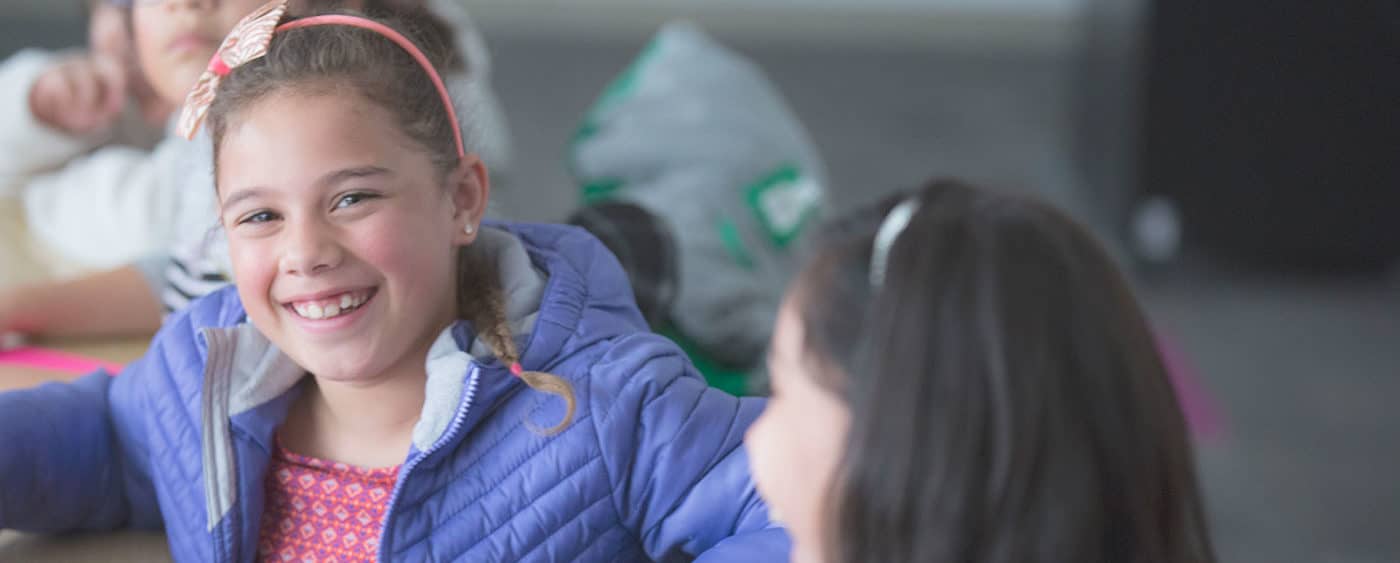Collective Impact Articles and Resources
Collective Impact is the Promise Partnership’s approach to community problem solving. It requires everyone to work together in partnership – businesses, government, schools, foundations, and nonprofit organizations – to tackle our most pressing challenges and develop lasting solutions. These articles and resources explain more about the work and how it is proven to create change.
Learning From Proof Point Communities//Promise Partnership of Salt Lake
StriveTogether, 2020
StriveTogether is a national partner of The Promise Partnership of Salt Lake. This case study explores the Promise Partnerships work and how we were named a "Proof Point" community.
United Way Announces 2020 Policy Agenda Focusing on Early Childhood Education
Sahalie Donaldson, Deseret News, 2020
During the 2020 Legislative Session, United Way of Salt Lake and the Promise Partnership advocated for bills and legislative that supported early education in the Salt Lake Community.
This Campaign Aims to Improve Education By Raising Reading Levels
Bill Crim, Beth Duda & Mike English, Education and Career News, 2019
The Campaign for Grade Level Reading is a network of over 300 communities committed to tackling three major challenges: school readiness, chronic absence, and summer learning loss.
Guest Opinion: Doing Whatever it Take For Every Child Comes Full Circle
Bill Crim & Geoffrey Canada, Deseret News, 2019
The Promise Partnership was modeled after the work of Geoffrey Canada and the Harlem Children's Zone. In 2019, Canada came and visited the communities of the Promise Partnership. This is what he found.
No Single Program Will Solve the Problems of Education in Utah
Bill Crim & Lexi Cunningham, The Salt Lake Tribune, 2019
For students to succeed in Salt Lake, it will take everyone working together, including schools, school districts, after-school programs, local businesses, and non-profits. Learn more in this op-ed.
Pay-For-Success is Working in Utah
Jeff Edmondson, Bill Crim, & Allen Grossman, Stanford Social Innovation Review, 2015
The pay-for-success model, otherwise known as a Social Impact Bond, proved to be successful amongst preschool programs in Utah. The bond funded programs for low-income students in the 2013-14 school year. Out of the 110 students that had been previously identified as likely to use special education, only one went on to use them in Kindergarten. This saved the school districts and government entities over $281,000 in one year.
Ecosystem Investing: Achieving Impact at Scale
Jeff Edmondson, Kate Mohan, and Stacey Stewart, Stanford Social Innovation Review, 2015
Ecosystem investing is inherently more complex, requires a different set of assumptions, and produces different results than traditional programmatic investing.
Embracing Emergence: How Collective Impact Addresses Complexity
John Kania and Mark Kramer, Stanford Social Innovation Review, 2013
As practitioners work toward the five conditions of collective impact, many participants are becoming frustrated in their efforts to move the needle on their chosen issues.
Understanding the Value of Backbone Organizations in Collective Impact
Shiloh Turner, Kathy Merchant, John Kania, and Ellen Martin, Stanford Social Innovation Review, 2012
As cross-sector groups engage more deeply in collective impact practice, funders and practitioners alike find ourselves probing for answers to the question: How do you do this work well?
Channeling Change: Making Collective Impact Work
Stanford Social Innovation Review, Fay Hanleybrown, John Kania, and Mark Kramer, 2012
This follow-up on the popular “Collective Impact” article provides updated, in-depth guidance.
Catalytic Philanthropy
Stanford Social Innovation Review, Mark R. Kramer, 2009
Despite spending vast amounts of money and helping to create the world’s largest nonprofit sector, philanthropists have fallen far short of solving America’s most pressing problems. “Catalytic philanthropy” is a new approach that is already be practiced by some of the most innovative donors.



 1. Engage families to partner in school decisions, policies, and student learning
1. Engage families to partner in school decisions, policies, and student learning  1. Strengthen relationships between school day staff and out-of-school providers
1. Strengthen relationships between school day staff and out-of-school providers 1. Align, coordinate, and hold external partners accountable for responding to the needs identified by schools, students, and the community
1. Align, coordinate, and hold external partners accountable for responding to the needs identified by schools, students, and the community
 The staff at United Way of Salt Lake, the umbrella organization for the Promise Partnership, puts their expertise to work supporting schools. Our cumulative knowledge means we bring experience to the table and can offer assistance in:
The staff at United Way of Salt Lake, the umbrella organization for the Promise Partnership, puts their expertise to work supporting schools. Our cumulative knowledge means we bring experience to the table and can offer assistance in: